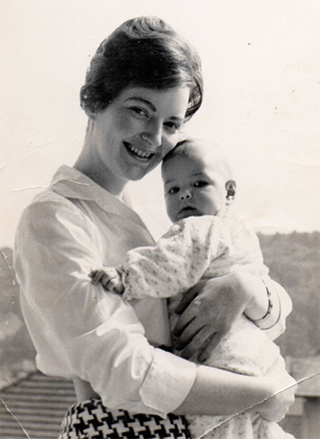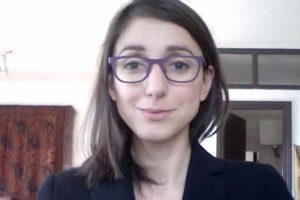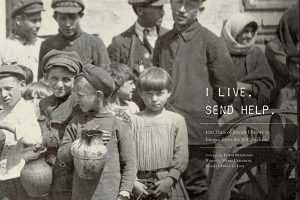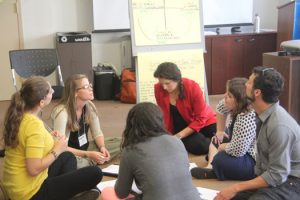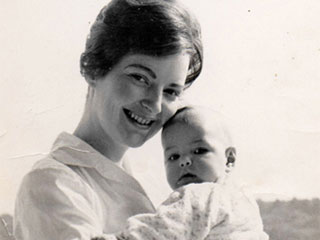
Traversing a Minefield to Escape Communist Hungary
Eva Kolosvary-Stupler recounts fleeing Hungary for Austria after the outbreak of the 1956 Hungarian Revolution.
With the outbreak of the Hungarian Revolution in 1956, some 170,000 refugees, among them more than 18,000 Jews, fled across the border to Austria. Eva Kolosvary-Stupler, then Eva Kolosvary, and her late husband, Paul Kolosvary, both Holocaust survivors, decided to make the arduous trek to Austria when the Soviet tanks entered Budapest in October 1956.
Eva and Paul escaped Budapest into the cold night, carrying only small parcels with essential belongings. The path to the Austrian border was treacherous, lined with watch towers and spotlights, which they had to avoid by lying flat on the ground. Though it had been reported that the mines dotting the border had been removed, many Hungarians making the journey were killed by the explosives. Eva and Paul were fortunate to avoid the mines. After walking for several more hours in the pitch dark, they safely arrived at an Austrian border town where the Red Cross cared for them temporarily until they arrived in Vienna.
Upon arrival in Vienna, Eva and Paul were led to an office of “the Joint” (JDC) to register with other refugees. In their intake interview, they were asked if they were Jewish. This was the first time Eva had been asked about her religion since Hungary had become Communist. While both she and Paul held identification papers, they did not have papers that identified them as Jews. Eva recalls that she recited the Ma Nishtanah, the Four Questions from the Passover Seder service, to prove that she was Jewish. She was surprised the Joint believed them!
“[We] were very thankful [you gave] us a hand to start a new life in a new country!”
In Vienna, JDC provided Eva and Paul with meal tickets for food, which they could use to buy a modestly priced meal. JDC also provided them with donated used clothes – Eva vividly recalls the “piles and piles” of clothing that the organization had available – which she and Paul accepted, as they had carried very few articles of clothing with them. With the money provided by JDC and money received from the Israeli consulate (through her parents’ Israeli war bonds), the Kolosvarys could afford to stay in a small hotel in the outskirts of Vienna instead of sleeping on straw beds in the provided school rooms or recreation halls.
Originally, the Kolosvarys were registered to leave Vienna for Australia in order to reunite with relatives there who had escaped from Hungary before World War II. Eva and her family were transferred to an internment camp in Salzburg to await departure, but the Suez Crisis of 1956 prevented them from passing through to reach their destination. Eva and Paul were in the camp for several more months until Paul’s uncle begged them to join him in Zurich.
After spending five years in Zurich, Eva and Paul immigrated to the United States in 1961 with their one-year-old daughter, Judy, reuniting with Eva’s sister and brother-in-law who had already immigrated to the United States. Eva now lives in California with her second husband, Harvey Stupler.
About the Author
Eva Kolosvary-Stupler is an artist residing in the Los Angeles area. This story has been shared with her permission.
